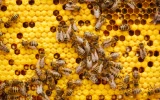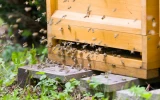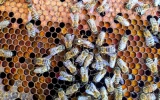How Much Propolis Does a Hive Produce Per Year?
Propolis is a waxy, resinous substance produced by bees that they use to protect their hive from pests and the elements. It recently gained popularity as a natural remedy for various ailments. But how much propolis does a beehive produce per year?
A standard beehive can approximately produce 150–200 grams of propolis per year. However, if there are a lot of vegetation or tree sap sources nearby, beekeepers can harvest twice as much.
The bees are more likely to produce propolis in an area with a greater variety of trees and flowers. Let's take a closer look at propolis and how much of it is produced by a beehive in a year.
Summary
- Propolis is used as bee glue to seal the cracks inside the hive and to fortify the interior against small predators and natural elements
- A standard beehive can produce up to 150–200 grams of propolis per year.
- Studies found that propolis offers many healing properties for human use
- Beekeepers use propolis traps to harvest clean propolis
- Propolis can be a lucrative business for beekeepers
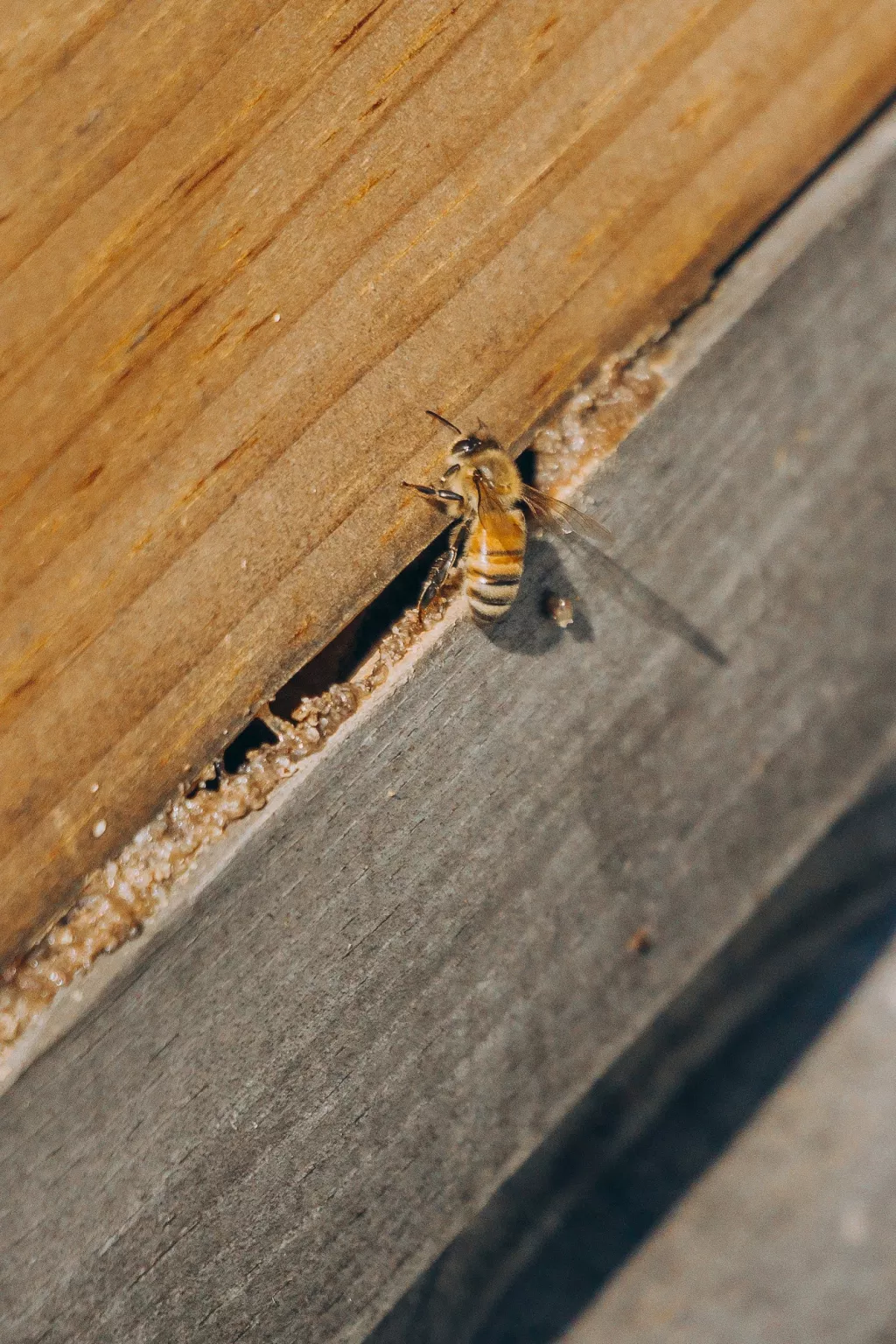
On this page:
Quantity of Propolis Produced by a Hive Per Year
A well-established beehive can produce up to 150–200 grams of propolis in a year, while a smaller or less active hive may only produce less than 150 grams. The average quantity of propolis produced by a single beehive per year can vary depending on several factors surrounding the hive, such as location, climate, and available sap sources.
Propolis production also depends on the availability of specific trees and plants that produce the resin that bees collect to make propolis. In short, the more trees and flowers around the beehive, the more propolis the bees are likely to produce.
How Bees Make Propolis
Bees produce propolis by collecting resin from trees and mixing it with wax and other substances to create a sticky, gummy material. Think of it as “bee glue” that is used to seal cracks and gaps in the hive and to provide insulation to regulate the temperature inside the hive. It is also used as a protective barrier against small predators like snakes or lizards and against natural elements such as wind and rain.
The composition of propolis also varies depending on the types of trees and plants in the area. It can even differ from one region to the next. Bees collect resin with their mandibles and then add it to the hive mixture.
Once it is complete, the propolis is used to fortify the interior of the hive and protect the colony.
Increasing Propolis Production
Studies found that hives located in areas with lots of vegetation, such as forests or meadows, tend to produce more propolis than hives in urban environments with limited plant life. This is because the bees have access to a greater variety of plant resins to use in the production of propolis.
One tip beekeepers can do is to increase the ventilation in the hives and place them near plants with essential needle-shaped leaves. This ensures the bees have easy access to the resin they need for propolis production.
It’s also been found that using different types of beehives can affect the amount of propolis produced. Top-bar hives, for example, often produce less propolis than Langstroth hives because they have fewer seams and cracks that need to be sealed.
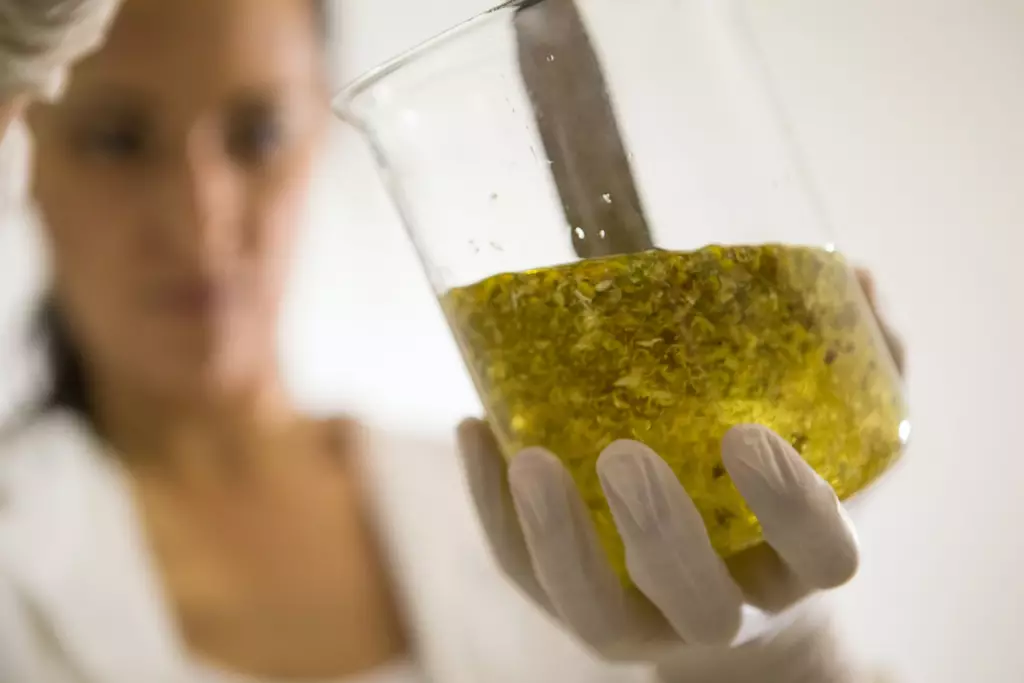
Benefits and Uses of Propolis
For centuries, ancient Egyptians, Assyrians, and Greeks used propolis in traditional medicines. They found that propolis has many healing properties that can treat various diseases. And this fact remains true to this day.
Propolis contains antioxidants, which can help protect the body from free radicals. It has also been shown to have antibacterial and antiviral properties, which makes it an effective medicine for treating infections and wound healing.
In addition to its antibacterial properties, propolis also has anti-inflammatory properties. It’s useful in treating people with asthma, dermatitis, and ulcers. Propolis is also rich in flavonoids, which are shown to have anti-tumor properties. It may help protect against certain types of cancer.
Propolis can be consumed as supplements, teas, or topical ointments. While further research is needed to fully understand the potential health benefits of propolis, there are many positive examples of the uses and benefits of propolis for human health.
Other common uses include:
- Treating burns and cold sores
- Reducing inflammation and pain in minor skin injuries
- Treating throat infections
Harvesting propolis
There are several methods that beekeepers can use to harvest propolis. One common way is by using a propolis trap or a scraper. This tool consists of a strip of metal or plastic that is attached to the frame of the beehive.
As the bees enter and exit the hive, they come into contact with the trap and deposit their propolis. Beekeepers can then scrape the propolis off the trap and put it into a container for later use.
Another method of harvesting propolis is using a beekeeper's knife. This involves gently removing propolis from the frames and the walls of the beehive, taking care not to damage the bees or their comb.
In both cases, beekeepers must be mindful of the amount they take from the hive, since the colony may need the propolis for future use.
Storing propolis
To preserve its quality and extend its shelf life, it’s important to keep the harvested propolis in an airtight jar. Make sure to place it away from direct sunlight and heat. The ideal storage temperature for propolis is between 40 and 50 degrees Fahrenheit.
If the propolis is in liquid form, place it inside a plastic bag and put it in the freezer. If stored properly, propolis can last for a very long time. It shares some similarities with honey, namely that they both have a long expiration date.
Once you’ve collected a good amount, you can clean the propolis and prepare it for selling.
Cleaning and purifying propolis
Propolis is sticky, so it often contains dirt, beeswax, wood chips, etc. To separate the debris from the propolis, you can soak the propolis in a bucket of water. The debris will float up while the propolis will sink, allowing you to remove the majority of the contaminants.
Another method is to place the propolis in an oven-proof container and bake it at 200 degrees Fahrenheit. The propolis should be submerged in 2–3 inches of water. To get rid of any wax that might be clinging to the propolis, the contents should be stirred often to release the wax trapped within the mass of propolis.
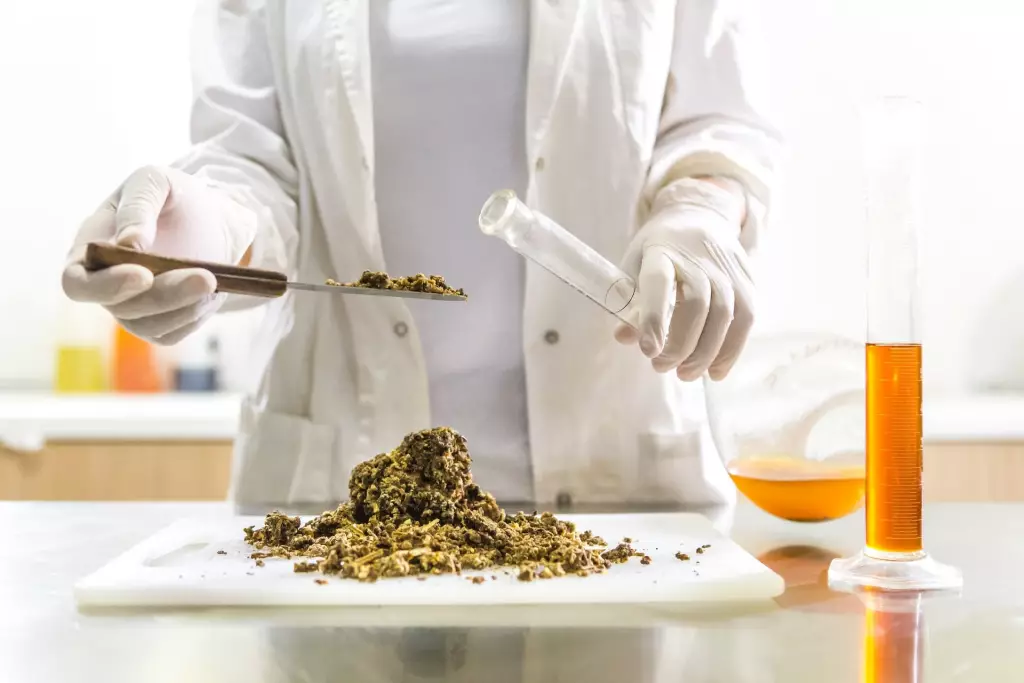
The pieces of wood, melted wax and other contaminants will rise to the surface while the propolis remains at the bottom. Once the container is cooled off, you can remove the waxy layer on the water’s surface and carefully pour off the remaining water to reveal the clean propolis.
Selling propolis
Beekeepers can sell their propolis directly to companies, through their local craft fairs, their local marketplace or online shops. The price can vary depending on the quantity and quality of the propolis. However, companies can pay more, especially if the propolis is pure. A company can pay out an estimated price of around $380 a kilo for pure propolis.
Some beekeepers might also sell propolis as part of a beekeeping kit, which includes other honeybee products such as honey and beeswax. In order to increase the value of the propolis, beekeepers should make sure the propolis is of high quality, properly packaged and labelled with detailed information about its origin and properties.
